
Sewing Your own Wedding Dress
Professional Tips For Making Your Own Wedding Dress Pattern I think all my students who have made their own wedding dresses will agree that it
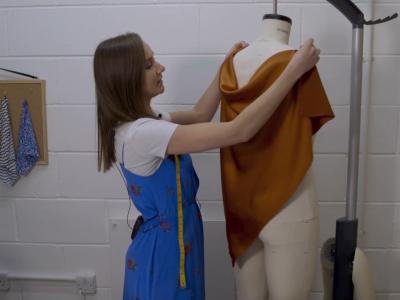
Draping is the art of creating clothing by pinning, cutting and hanging fabric directly onto a mannequin or body.
It’s a lovely, creative way of developing clothing and one where you can really let your inner creative pattern cutter loose!
So you’re thinking about trying out draping but you’re not quite sure if it’s for you or what exactly it involves?
I’ve got you covered! Draping is a wonderfully creative way of making patterns and clothing.
Let’s start by taking a quick look at what the process involves…
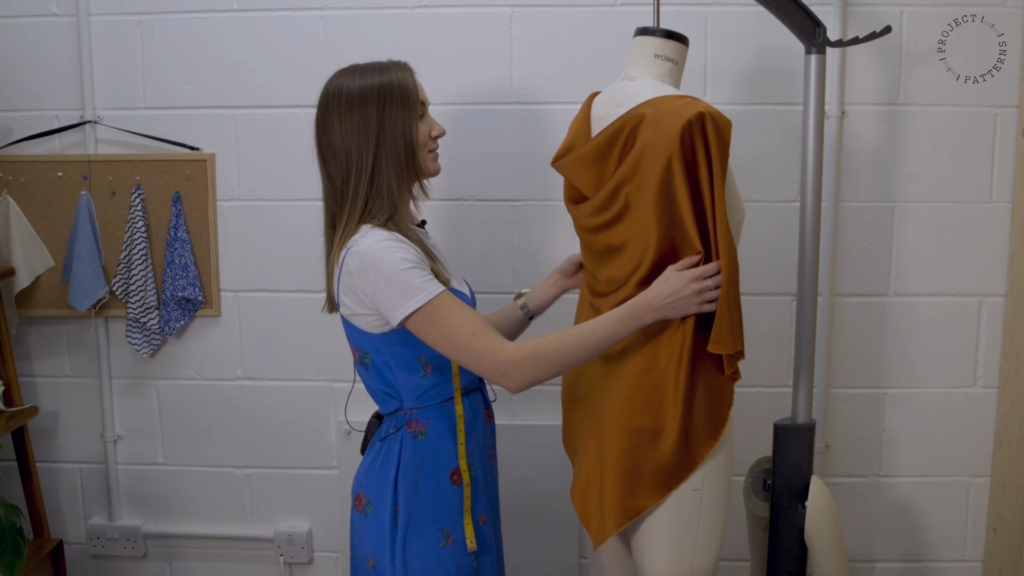
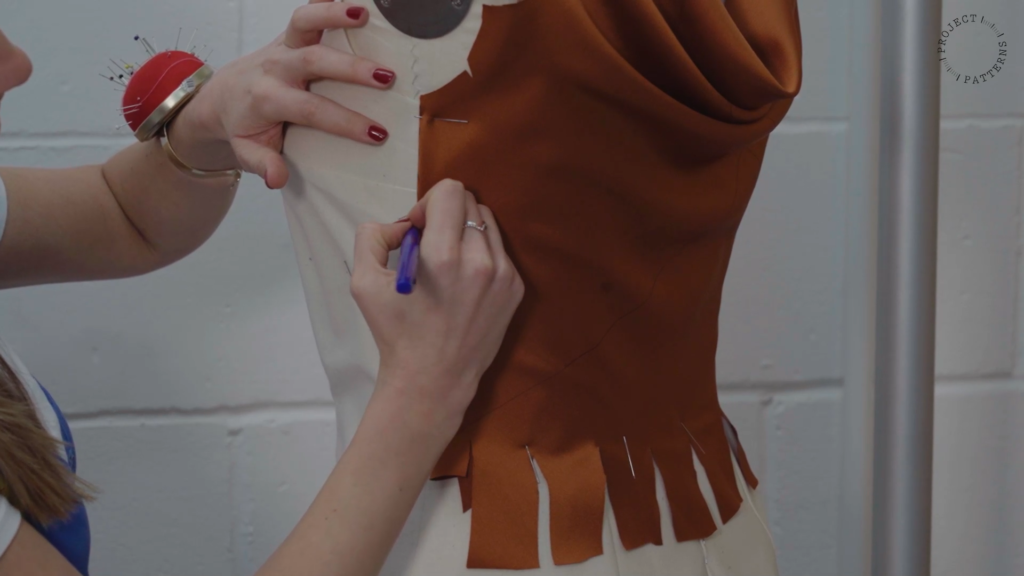
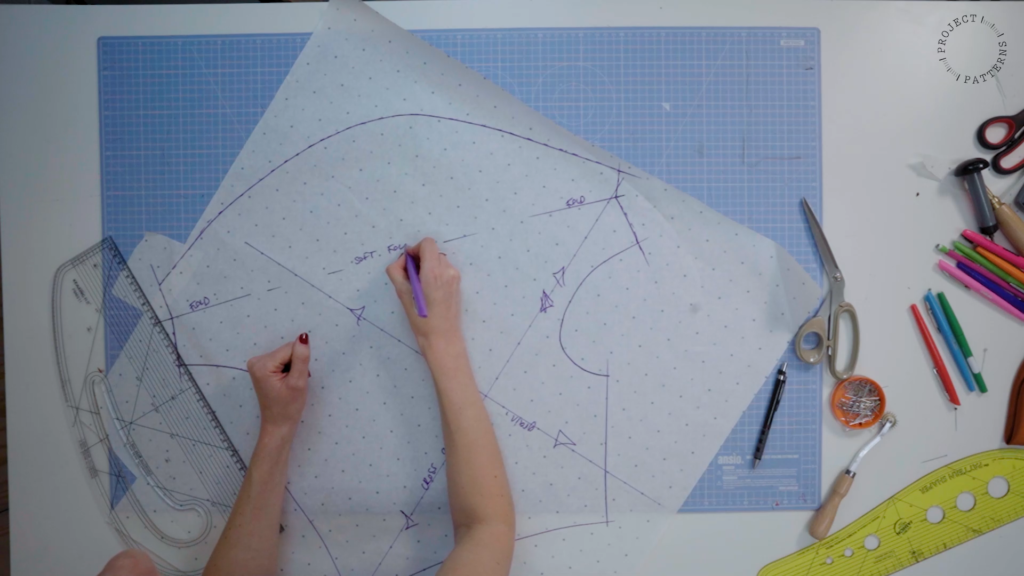
Learning how to drape is great because it opens up a whole new world of creative pattern cutting. The possibilities of what you can create are absolutely endless!
While draping you will have the chance to get up close and personal with your fabric and the body that you are draping for. You will also get to see your design evolve and develop as you create it in real life. Every pattern cutter has their own little tweaks and quirks that they find while they drape so it’s important to remember that draping is a personal experience and one that requires practice and patience.
Some of my favourite things about draping are:
Take a look at some examples of draped designs below
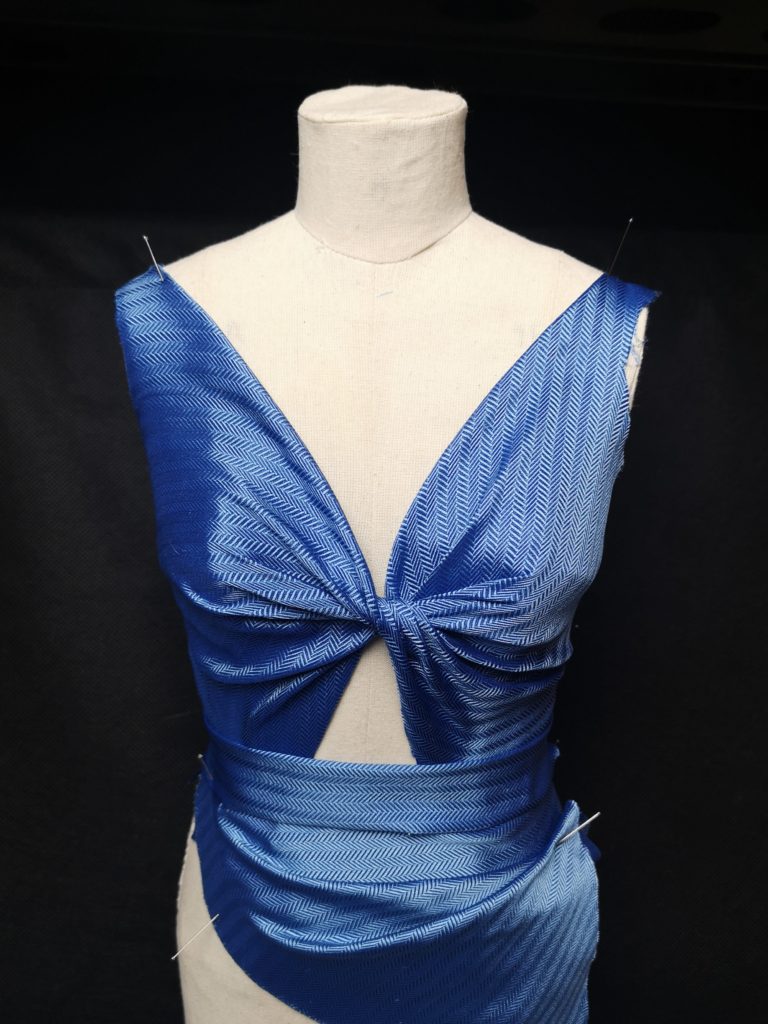
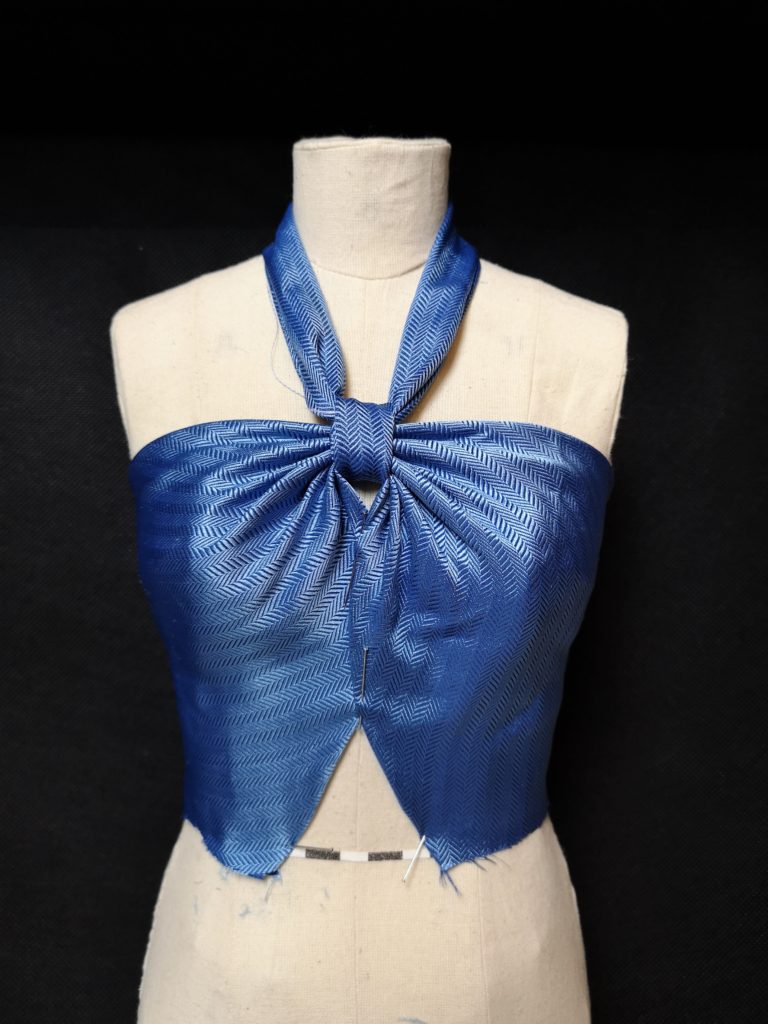
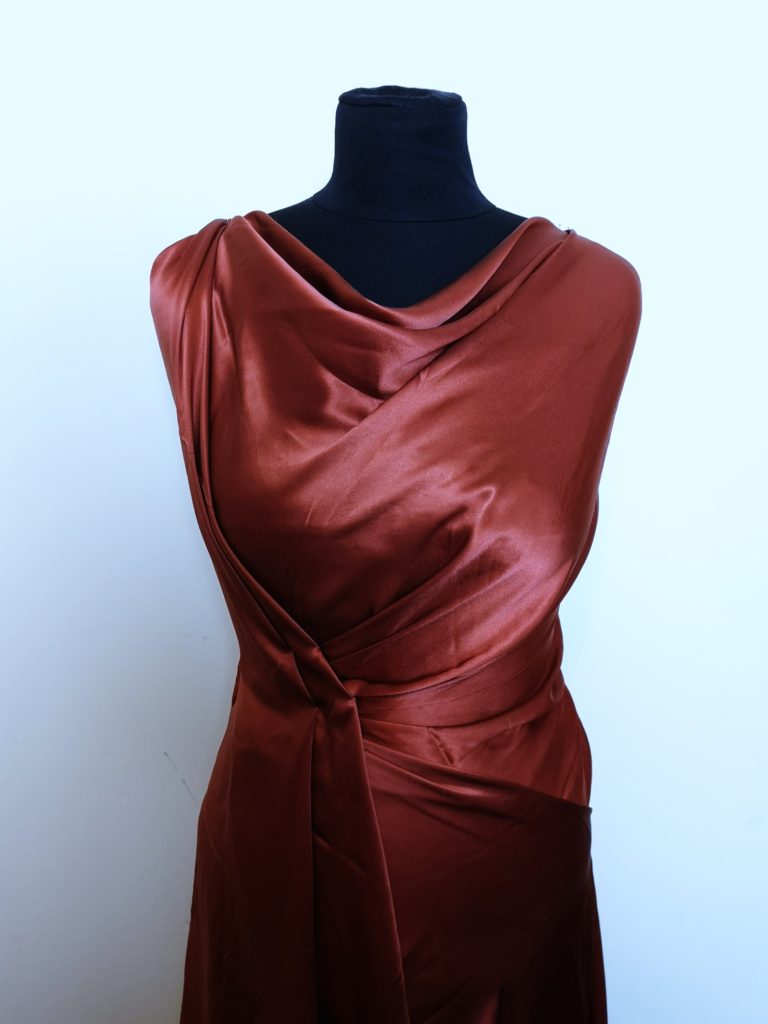
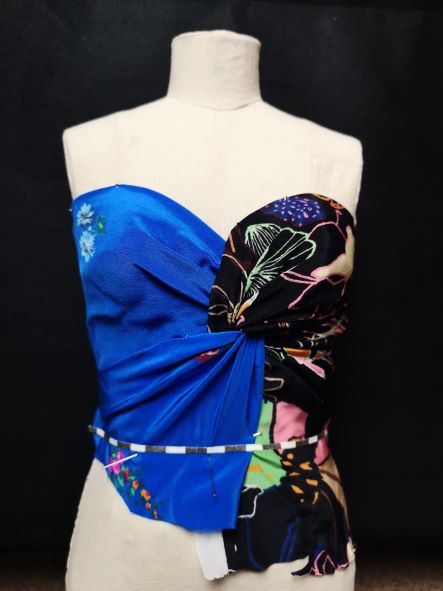
While it’s tempting to dive into draping and try to create big, creative designs, it’s also important to remember that you need some foundation knowledge before you do that. You’ve got to learn to walk before you can run and all of that!
I’ve created a draping course that will give you a solid foundation knowledge so that you can build all of your future draping knowledge around it.
Take a look at my Draping for Beginners online course which covers all the basic knowledge and skills that you need to get started in draping. Alongside learning key theory, you will also learn how to drape four unique designs. Each design that you drape will teach a new principle and allow you to experiment and play with your design and fabric.
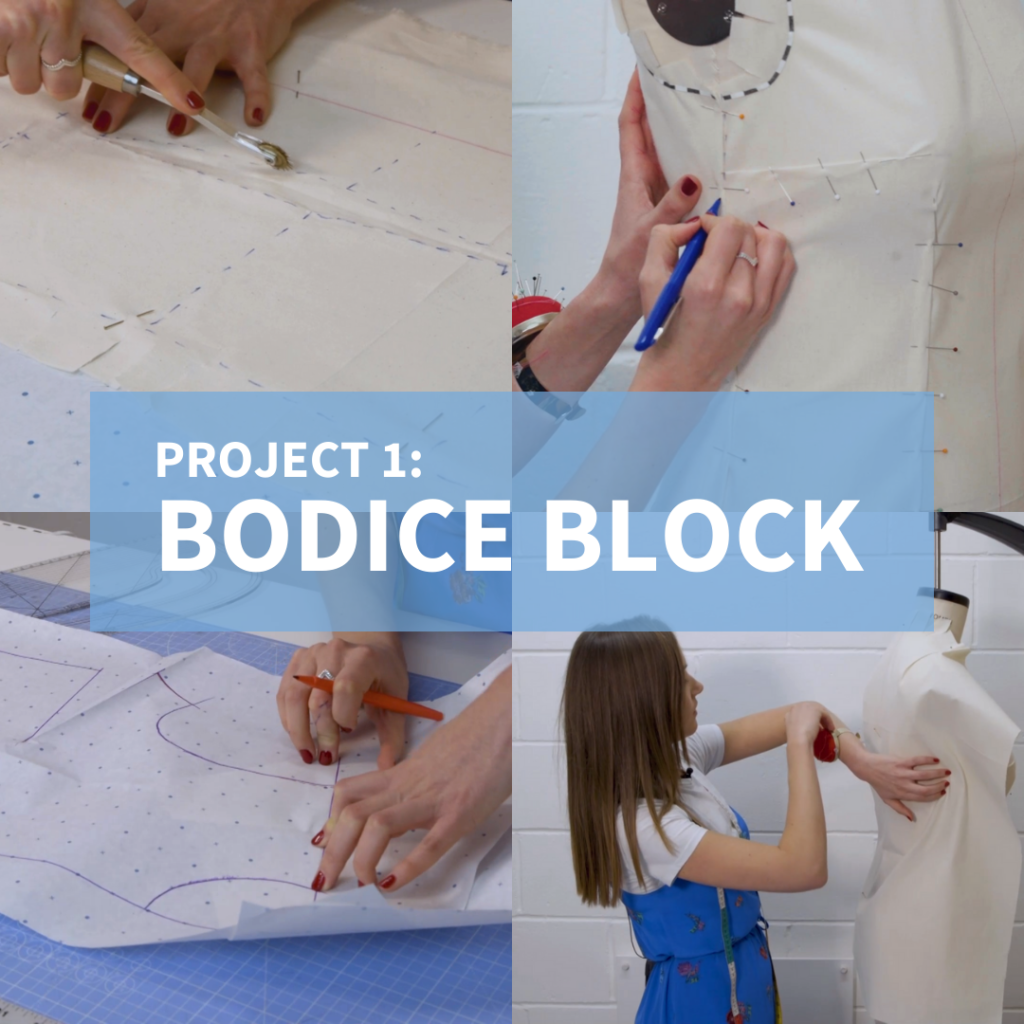
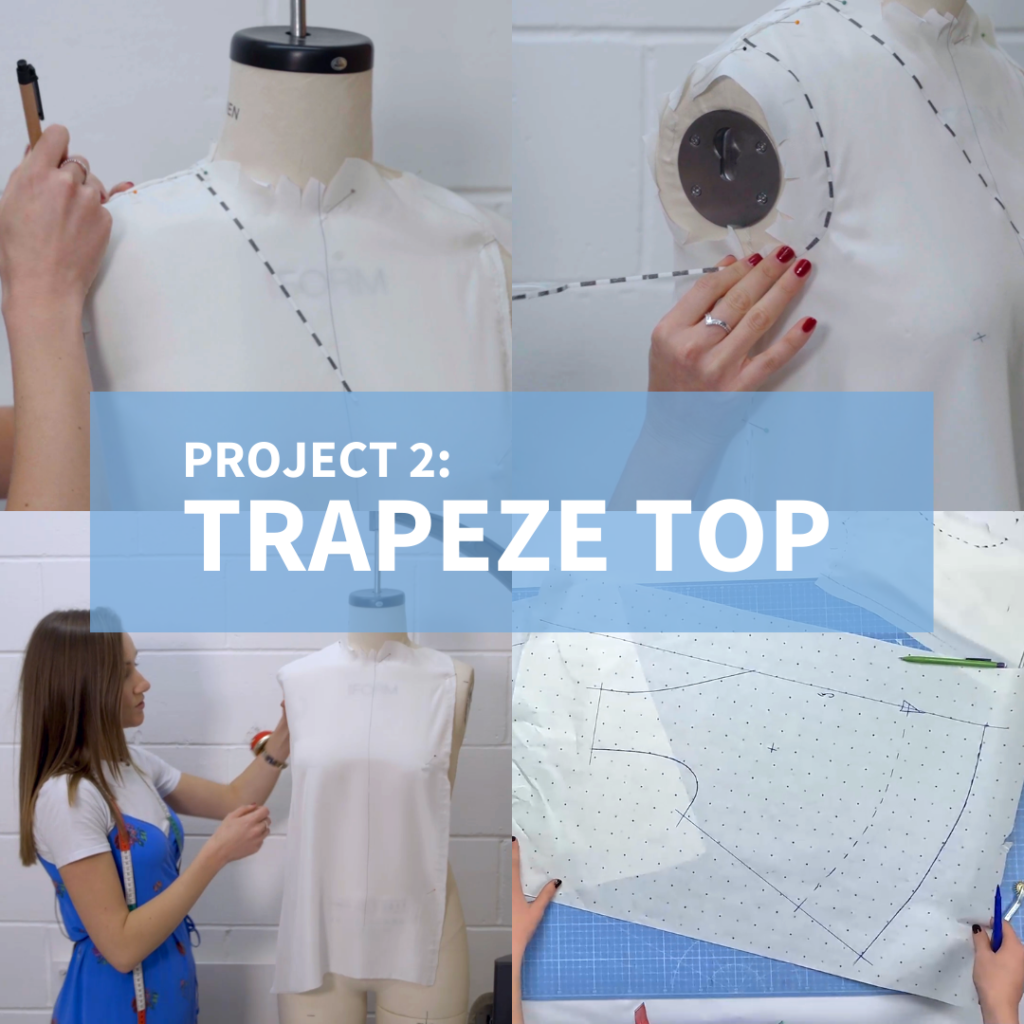
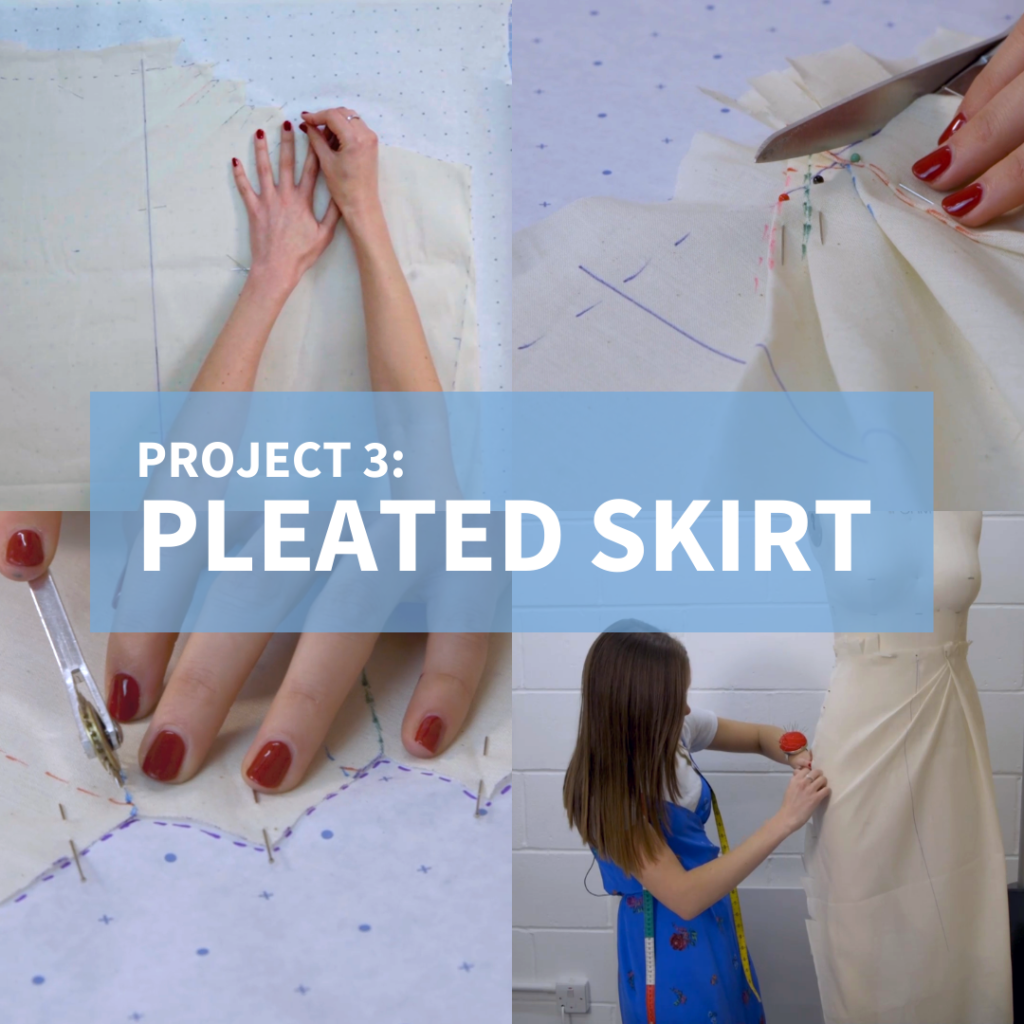
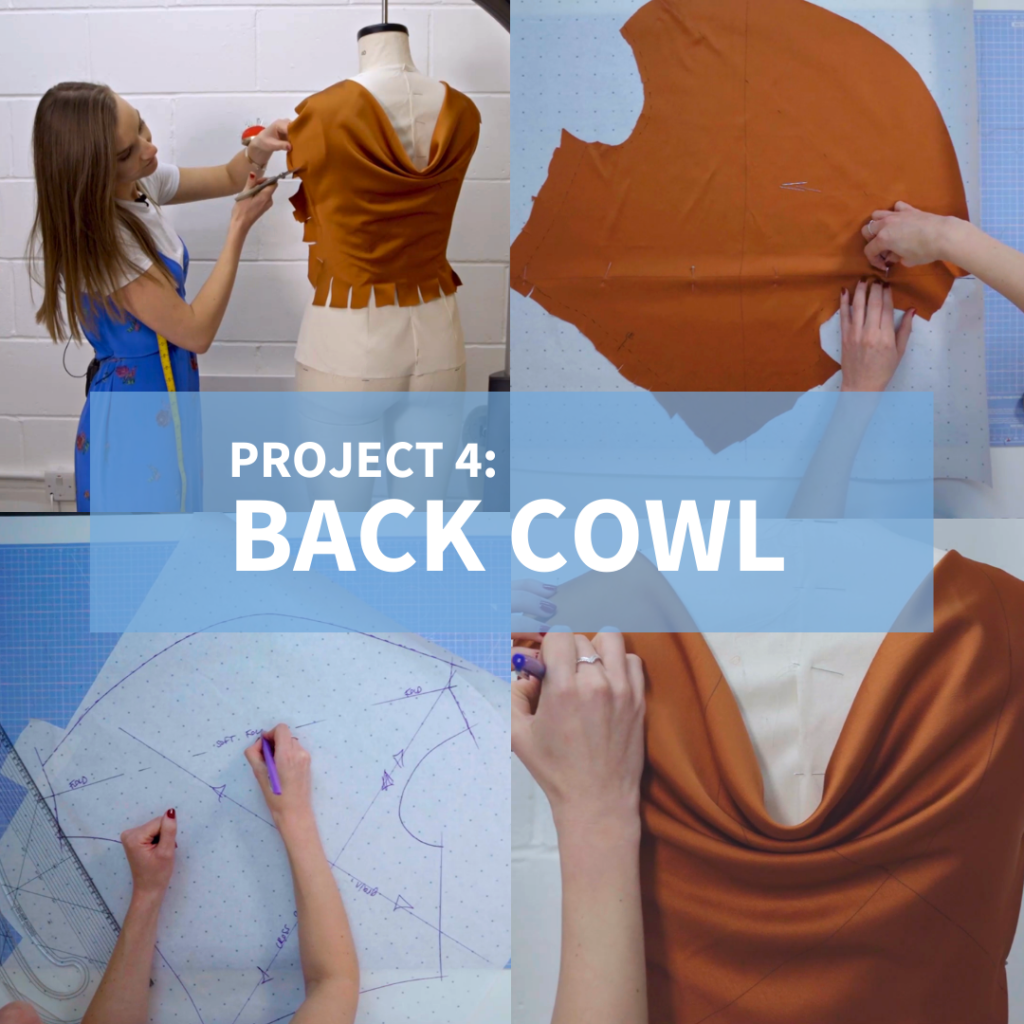
Before you start to drape you will need some important tools:
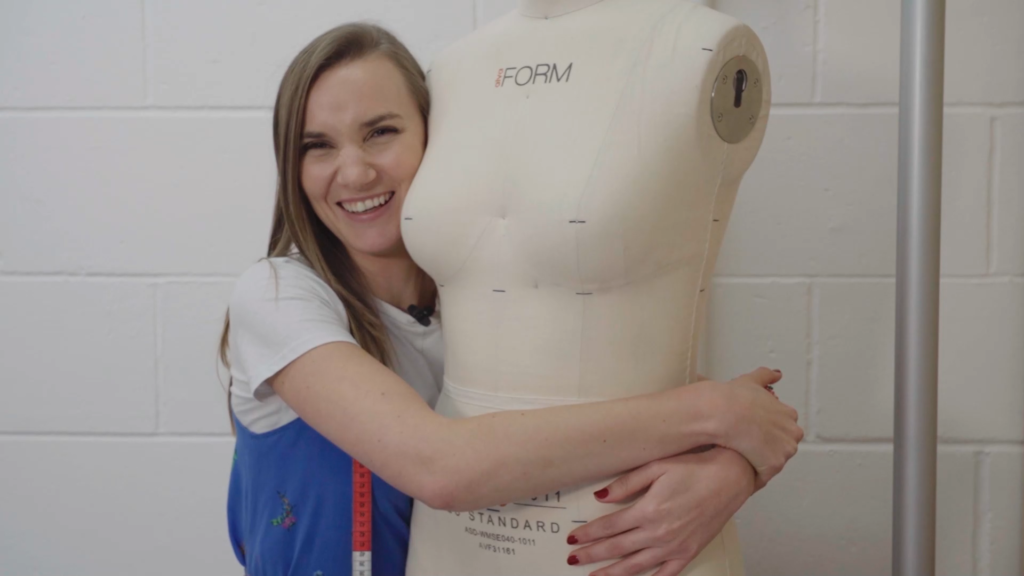
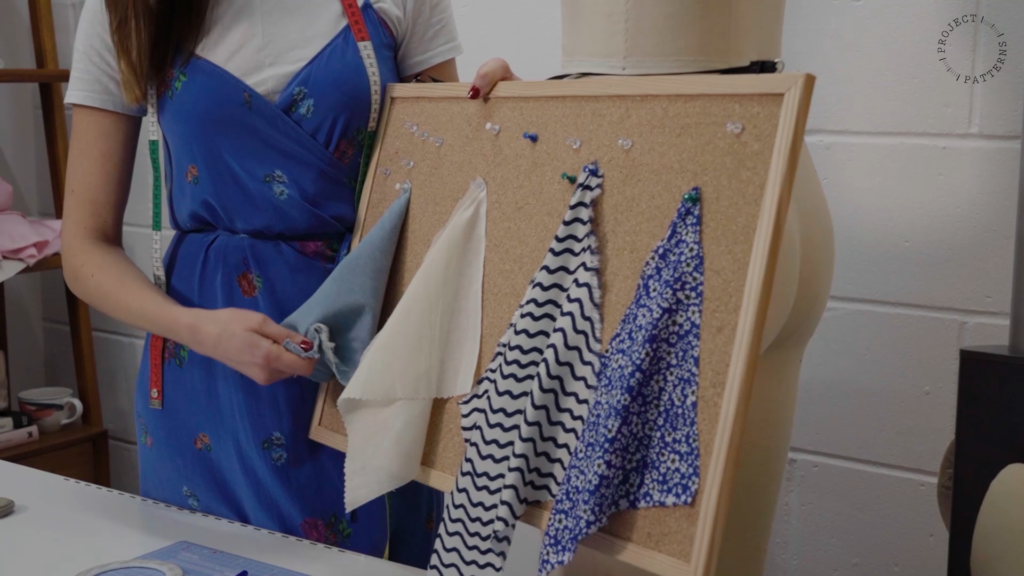
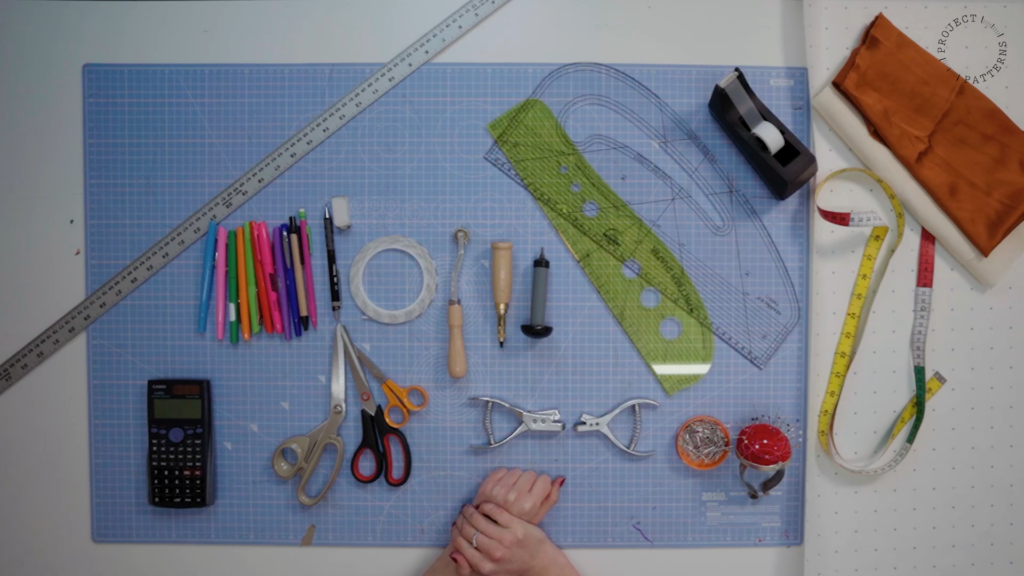

Professional Tips For Making Your Own Wedding Dress Pattern I think all my students who have made their own wedding dresses will agree that it
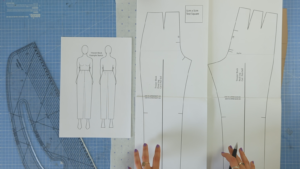
How To Draft A Trouser Pattern (That you actually want to wear) Do you want to start drafting your own trouser patterns that reflect your
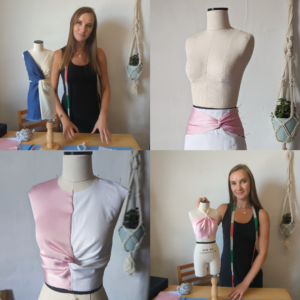
Drafting Twist Sewing Patterns One of my favourite details to draft is a twist detail. Not only do twist sewing patterns and details look impressively